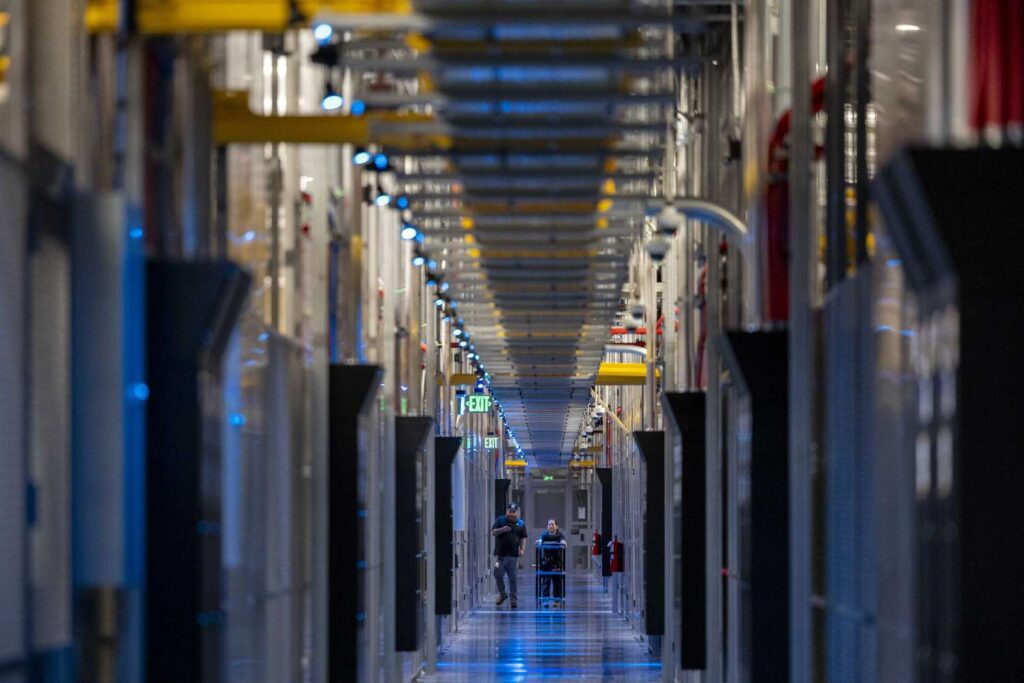Key takeout
According to Morgan Stanley, AI data centers are expected to consume large amounts of energy in the coming years, and meeting that need could benefit some investments.
Morgan Stanley forecasts a data center that will consume 65 gigawatts of electricity between 2025 and 2028, but the available capacity could be short at around 45 GW. To make up for the difference, “every potential ‘bottleneck’ solutions need to be drawn out,” analysts wrote in a note Tuesday.
Possible solutions include converting crypto mining operations into data centers, building data centers for large nuclear power plants, and building new natural gas-fired power plants.
But it’s all easier than I say. First, rising Bitcoin prices could discourage miners from converting mining facilities or selling excess electricity to data centers. Second, concerns about highlighting local power grids can force regulators to mandate that new data centers are not online until additional power sources are connected to the grid.
That’s why Morgan Stanley expects hyperscalar and data center owners to adopt a “bridge” approach. “Temporary mobile generation is being deployed” allows for rapid increase in power capacity by addressing regulatory and economic hurdles.
Nuclear and natural gas generator providers may benefit
A small modular reactor is one solution that provides the flexibility that businesses need. SMR has the added benefit of providing reliable carbon-free energy that is consistent with Big Tech’s emission reduction targets. But small reactors are early “the next decade of technology,” said analysts at Morgan Stanley.
As a result, cloud hyperscalers such as Microsoft (MSFT), Alphabet (GOOG), Amazon (AMZN), and Meta Platform (META) have been increasingly changing into existing nuclear infrastructure during AI buildouts over the past few years. On Tuesday, Meta signed a 20-year contract with Constellation Energy (CEG), the largest nuclear power provider in the United States, to maintain AI. Last year, Constellation and Microsoft agreed to bring back a nuclear reactor online on a three-mile island in Pennsylvania.
With SMRS still being turned off, new data centers could rely on small mobile natural gas generators such as Ge Ververnova (GEV) and Caterpillar (CAT).
HyperScalers can also be purchased from fuel cell manufacturers such as Bloom Energy (BE). BoomEnergy (BE) is a low-carbon method for converting natural gas, biofuels, or hydrogen into electricity. According to analysts, these fuel cells offer the advantages of short lead times, reliable equipment, the ability to add redundant capacity in the event of unit failures, and extraordinary flexibility in terms of power.
“(Bloom Energy) believes it can rapidly increase its manufacturing capacity to ~3 GW per year, and output could increase further as demand increases,” the analyst wrote. “Bloom Energy, in our view, is one of the underestimated beneficiaries of the rapid growth of data center electricity demand globally.”
